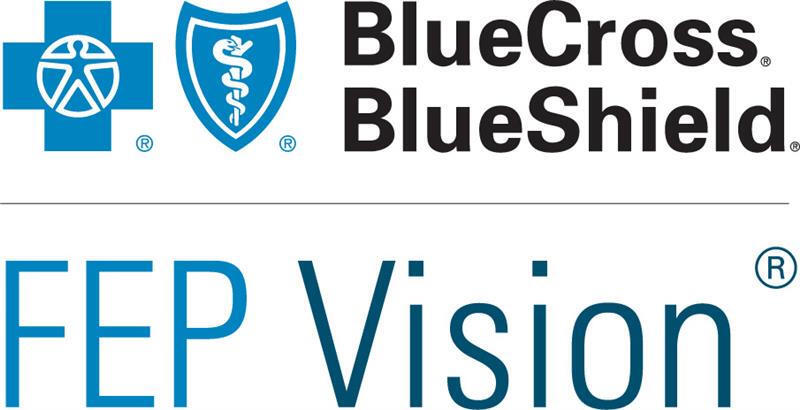A key step in understanding your Tricare medical coverage is becoming knowledgeable about your catastrophic cap. Whether you're an active-duty family member, a retiree considering other health insurance or a young adult paying for Tricare Young Adult, the catastrophic cap helps you plan for your total possible medical expenses each year.
People who use the annual catastrophic cap to plan their medical expenses for the year divide the cap by 12 and put that much money into a specific health-care savings account each month. If they don't reach their catastrophic cap in a year, they can allocate less money next year. This way, they always have money available to pay for their deductible, co-payments and cost-shares.
What Is a Catastrophic Cap?
Your catastrophic cap, or out-of-pocket maximum, is the most you or your family will pay for Tricare-covered care in a calendar year. If you reach your catastrophic cap, Tricare will pay 100% of the cost of covered care for the rest of the year.
Read Next: How to Change Tricare Coverage After a Qualifying Life Event – and Which QLEs Count
What's Your Tricare Catastrophic Cap?
Beneficiaries' Tricare catastrophic caps vary based on:
- Active-duty or reserve status
- Their "group" determined by when the covered service member entered the military
- In some cases, the Tricare plan they choose
Special rules apply for survivors of active-duty members and medically retired service members and their families. You can find your Tricare catastrophic cap at the Tricare website.
What's a group? Your Tricare group is based on the date that the Tricare-eligible service member initially entered military service. If you or your service member initially entered the service before Jan. 1, 2018, you're in Group A. If you or your service member initially entered the military on or after that date, you're in Group B.
What Counts Toward Your Tricare Catastrophic Cap?
Three main categories of expenses count toward your Tricare catastrophic cap. These are enrollment fees, deductibles and co-pays or cost-shares.
Enrollment fees. These are the monthly or annual fees that retirees pay to be on Tricare Prime or Tricare Select. Active-duty families pay no enrollment fees for either plan. Enrollment fees count toward your catastrophic cap. Importantly, premiums paid for Tricare Young Adult, Tricare Reserve Select, Tricare Retired Reserve or Continued Health Care Benefit Program coverage do not count toward your catastrophic cap. That's the reason why some payments are called enrollment fees and some payments are called premiums even though they seem to be the same thing -- enrollment fees count toward your catastrophic cap, and premiums do not count toward your catastrophic cap.
Deductibles. These are the first chunk of expenses in a calendar year that the beneficiary or family must pay in full. Active-duty families using Tricare Prime have no deductible. All other beneficiary groups have a deductible that may range from $50 to $772, depending on the plan type, beneficiary group and network status of the provider.
Co-pays and cost-shares. Lastly, any co-payments or cost-shares count toward the catastrophic cap. This includes co-payments for prescriptions.
What Happens When You Reach Your Catastrophic Cap?
Once you reach your catastrophic cap, Tricare will pay 100% of all covered care for the rest of the calendar year. This includes enrollment fees, so if you're a retiree family, your enrollment fees will be suspended for the rest of the calendar year. Many families take advantage of this 100% coverage to squeeze in some necessary care before their catastrophic cap resets on Jan. 1 of the new year.
Why Your Catastrophic Cap Matters When Considering Other Insurance
Many Tricare beneficiaries have access to other insurance through spouse employment, a post-military career, college plans or other sources. Folks who have access to more than one insurance plan need to consider carefully whether it makes financial sense to take the other health insurance while also carrying Tricare. Tricare's low catastrophic caps are a primary reason why it often makes sense to decline other insurance.
Understanding your catastrophic cap can help you plan your medical budget and make smart decisions about carrying other health insurance. You can look up your family's catastrophic cap on the Tricare website or on any Explanation of Benefits for Tricare-covered care. On the EOB, you can also see how much your family has paid toward this year's catastrophic cap. This information helps you see and plan your health-care spending and might reduce your stress about medical expenses.
Get the Latest Financial Tips
Whether you're trying to balance your budget, build up your credit, select a good life insurance program or are gearing up for a home purchase, Military.com has you covered. Subscribe to Military.com and get the latest military benefit updates and tips delivered straight to your inbox.














